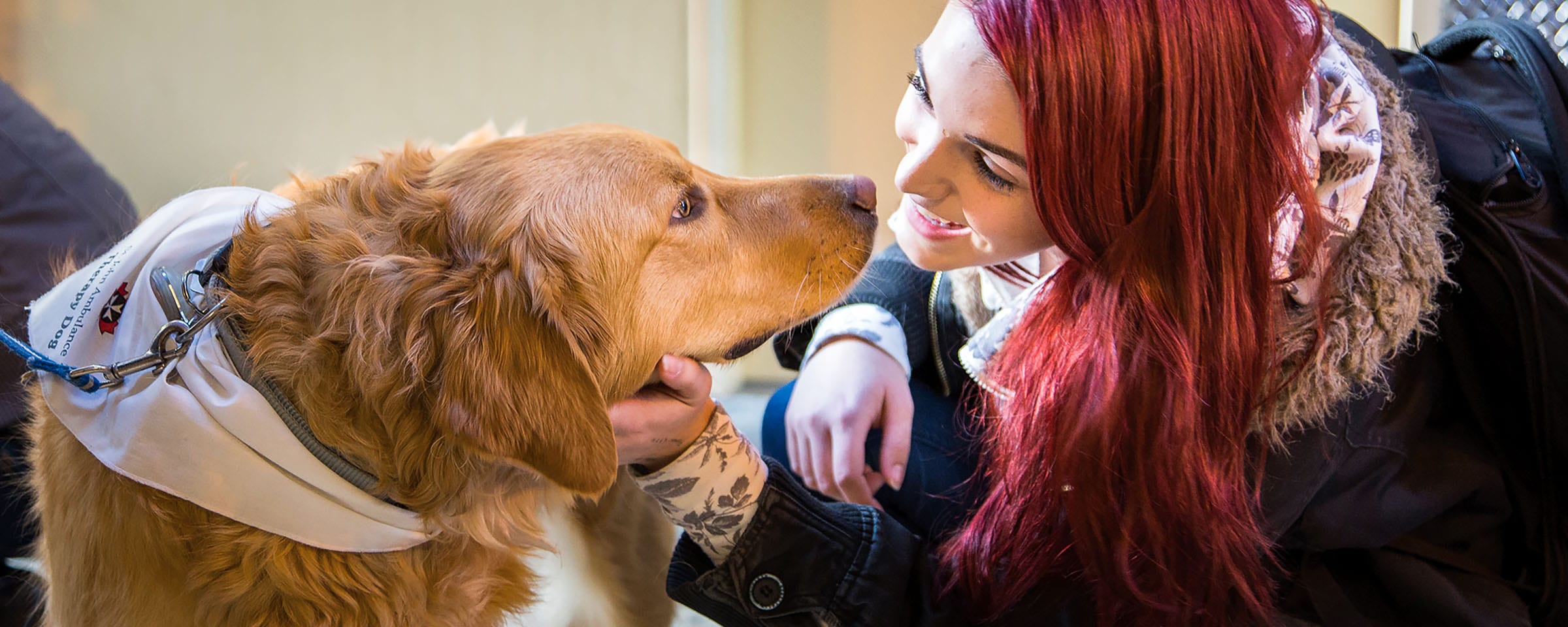Be Sun Smart
With summer fast approaching, many College staff are welcoming the warm rays of the sun. But before you head out for that lunch-hour walk, take proper precautions to protect your skin.
Most of us grew up in an age when a tan was considered a healthy glow. In fact, a tan is a sign of damage, your skin’s effort to protect itself. The thinning ozone layer and our continued quest for that tanned look are making us more susceptible than ever. These days, skin cancer is the most common cancer diagnosed in Canada, and will affect one in five people.
The Canadian Cancer Society’s top five killer facts about tanning and skin cancer are:
- There is no safe tan. Tanning beds cause skin cancer, and a gradual early season tan does not protect you.
- Melanoma skin cancer is one of the most common and deadliest forms of cancer in those 15 to 29 years of age.
- Tanning bed use before the age of 35 increases your risk of developing skin cancer by 75%.
- UV rays from tanning beds can be five times stronger than the mid-day summer sun.
- Tanned skin is damaged skin. Even when the tan fades, the damage is still there.
We all know that prevention is key. Take precautions and be proactive.
- Reduce your sun exposure. Avoid the sun especially between 11 a.m. and 4 p.m., when UV rays are the strongest. Up to 80% of the sun’s rays can penetrate light clouds, and you can still get a sunburn on a cloudy day.
- Cover up. Use a broad spectrum sunscreen of at least 15 SPF to protect against UVA and UVB rays. Wear hats, sunglasses and clothing to protect your skin. Apply 20 minutes before going outdoors, and reapply at least every two hours. Remember that sunscreen cannot totally protect you.
- Know your skin. See your health care provider immediately if you notice changes in a mole or discolouration; a sore that does not heal; or red and bumpy areas of skin that are itchy or bleed.
Know the facts. Learn more at: http://www.cancer.ca or http://www.cancercare.mb.ca .

